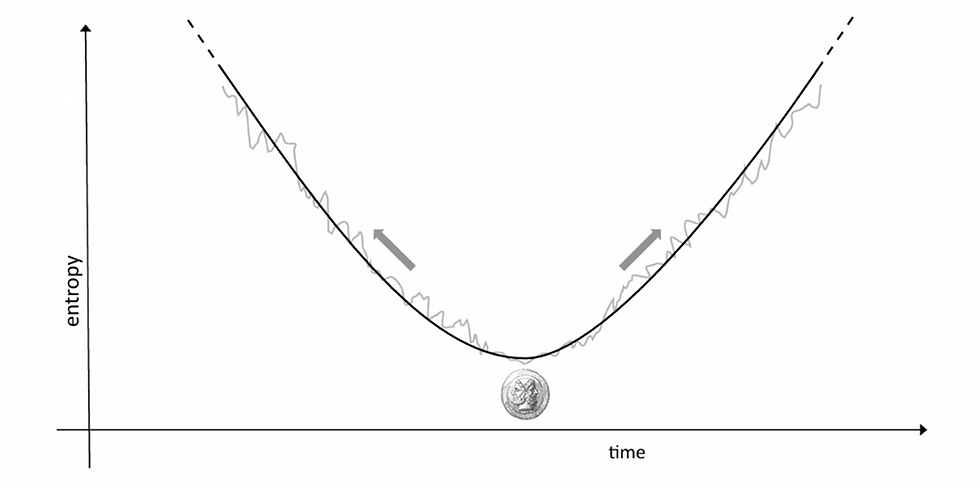Richard Feynman: A Brilliant Physicist And A 'Fine Man'
- JYP Admin

- May 10, 2021
- 4 min read
Updated: Nov 4, 2023
Author: Kian Jagtiani

[Britannica. https://cdn.britannica.com/s:800x450,c:crop/86/186486-138-BF2DA5D0/overview-life-work-Richard-Feynman.jpg]
Richard Feynman, regarded as one of the greatest scientists of all time, was a brilliant man. He is known for his contributions to quantum electrodynamics amongst others, and his unorthodox lifestyle. During his lifetime, he attained the reputation of a ‘great teacher’ as well as one of a ‘free, eccentric spirit’ and was known all around the world for his pranks, drumming, and groundbreaking theories.
About
Born:
11 May 1918
New York City, USA
Died:
15 February 1988
Los Angeles, California, USA
Mother: Lucille Philips
Father: Melville Feynman
Melville was a businessman whose heart lay with science, although he never got to make a career of it. As a result of this, when expecting their first child, Melville was wishful for a son who could pursue science. Ecstatic with the birth of Richard, Melville made sure to expose his son to as much science as possible throughout his childhood.
Childhood, Education and Career
Some glimpses of his extraordinary mind were evident in his early childhood, and Richard taught himself elementary mathematics before his classmates even knew of its existence. He also had his very own lab in his room, in which he would experiment with a variety of things, ranging from repairing circuits to building a burglar alarm.
When Richard was 5 years old, his parents had another son, who, unfortunately, died when he was 4 weeks old. This could only have had a negative emotional impact on Richard. After this, he remained a single child until the birth of his sister when he was 9 (1927).
In middle and high school, he was a popular figure, both for his sense of humor and his intellectual ability. His love for mathematics and physics remained as strong as ever and he continued the trend of teaching himself most concepts before encountering them in school. He questioned the conventional ways in which they were taught and believed that one must truly appreciate how something was derived to understand it properly. Another distinct learning style that he inherited from his father was that he would like to deep dive into things he did not know, and approached them with such curiosity that they yielded answers eventually.
In 1935, he was accepted at MIT, from which he graduated in 1939. He started out by taking mathematics but found that the content of the courses had limited applications and therefore, switched to Electrical Engineering. From which he switched again, ending up with his final decision, physics. The physics course that he took up in his second year itself was nothing short of impressive and was meant for graduate students. After this, he went on to obtain his doctorate from Princeton.
However, before he could complete his thesis, the Second World War had begun and he was invited to work on the Manhattan Project, where he and a collection of the greatest minds of the era worked on how to separate Uranium-235 from Uranium-238, creating the first atomic bomb. This halted his work on his thesis for a bit but he eventually completed it and received his doctorate in 1942.
As the war came close to its end, Feynman’s first wife, Arline Greenbaum, was diagnosed with severe tuberculosis. A disease that she passed away from in 1945, just months before the Manhattan Project concluded. Feynman went on to marry twice again, the first time to a woman by the name of Mary Lou, and then the second and last time to a woman called Gweneth Howarth; with whom he had a son called Carl and adopted a daughter called Michelle.
He then accepted a role at Cornell University, one which he quickly left. The last and final destination of his career was at Caltech, where he spent the rest of his life as a professor of theoretical physics. Many of his lectures from there were later converted to books that received widespread publicity and critical acclamation.
However, in 1979, he underwent a surgery for abdomen cancer. Over the next 8 years, he fought a long battle with two forms of cancer, Liposarcoma and Waldenström's Macroglobulinemia, during which he took up a lead role in the investigation of the Challenger Space Shuttle Disaster. This was incredibly difficult for him, and his condition consistently worsened. At last, on the 15th of February 1988, he succumbed to the diseases. Notably, his last words were “I'd hate to die twice. It's so boring.”
After his death, he achieved an exponential increase in fame credited to the publication of two collections of his anecdotes, namely “Surely You’re Joking, Mr. Feynman!” and “What Do You Care What Other People Think?” which helped break the conventional description of a physicist as an introverted nerd through his outgoing nature.
Scientific Contributions
One of the more popular theories of his, the one he worked on for his PhD, and the same one that he was awarded the Nobel Prize for, was essentially a new approach in quantum electrodynamics. His method included the use of drawings, now famously known as ‘Feynman Diagrams’, rather than from a mathematical viewpoint.
He also contributed a great deal to the concept of superfluidity in supercold liquid helium, a topic on which he wrote 10 research papers in the years 1953 to 1958 alone, and co-authored a research paper on ‘weak decay.’ Other works of his included a patron model for analyzing hadron collisions, significant contributions to nanotechnology and the theory of relativity, and quantum computation.
Honors and Awards
Nobel Prize
The Royal Society of London
American Physical Society
American Association for the Advancement of Science
National Academy of Science
The Albert Einstein Award
The Lawrence Award
Remembering this great scientist on his 103rd birthday.

.png)




Comments